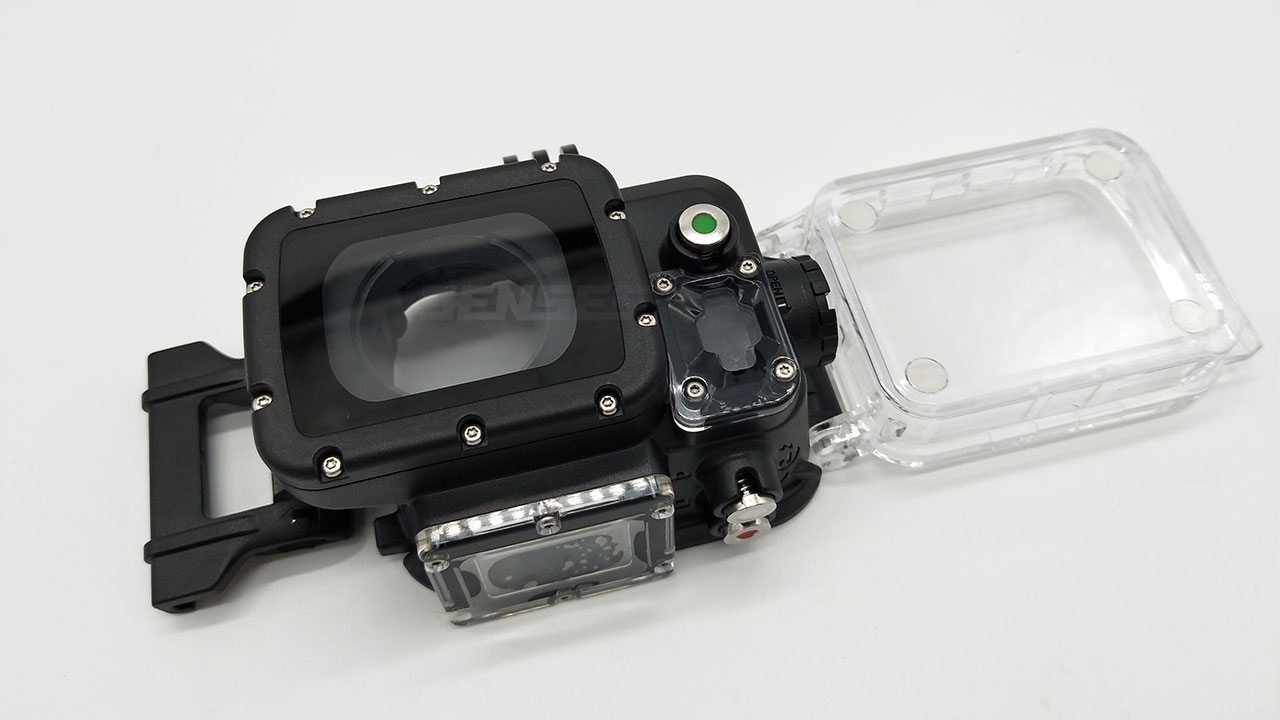Secondary operations play a crucial role in the injection molding process, contributing to the overall quality and efficiency of the final product. By incorporating secondary operations strategically, manufacturers can meet specific requirements and enhance the value of their injection-molded components.
Why Are Injection Molding Secondary Operations Important?
Secondary operations refer to additional manufacturing steps carried out after the molding of a part. These operations entail applying specific features or details to the part that cannot be achieved during the molding process. In some cases, secondary operations are strategically planned at the onset of a project to minimize tooling expenses, particularly for parts with limited annual usage. Additionally, secondary operations enable the machining of highly accurate features with closer tolerances than what can be achieved through the molding process.
Injection Molding Secondary Operations Options
- Sonic Welding: Sonic welding is a common plastic welding technique that uses ultrasonic energy to securely join two plastic components. This welding method finds wide applications in various industries such as automotive, electronics, medical devices, and packaging.
- Heat Staking: During the heat staking process, one plastic component is heated to a temperature at which it becomes malleable, typically close to or slightly above its melting point. Then, the heated component is pressed onto another component, often a thicker base or substrate. As a result, the heated component begins to melt in the area of contact with the base and solidifies into a strong bond upon cooling.
- Hot Stamping: During hot stamping, the pattern or text on the metal plate is heated to the appropriate temperature and then transferred to the surface of the workpiece using a hot stamping machine. In the process of hot pressing, the hot stamping foil on the metal plate comes into contact with the workpiece surface and is transferred under the force of heat and pressure. The hot stamped pattern or text on the foil combines with the workpiece surface, creating a durable decorative effect.
- Solvent Bonding Finishing: Solvent bonding finishing is a common surface treatment technique used for the joining and finishing of plastic products. This method involves the use of solvents to dissolve the surface of the plastic, resulting in adhesive bonding.
- Painting: Painting is an affordable method to enhance the appearance of a product. There are different painting techniques available, such as spray painting and powder coating. The choice of painting method depends on the chemical properties of the plastic and its intended application.
- EMI/RFI Spray on Shielding: Plastic parts, being nonconductive, cannot provide inherent shielding. However, EMI/RFI shielding for injection molded parts serves a dual purpose: Firstly, it prevents external waves from interfering with and penetrating the device’s operation. Secondly, and most importantly, this shielding prevents the emission of RF and EM waves from injection molded devices housed in cases.
Injection Molding Secondary Operations Options
Enhanced Product Functionality: Secondary operations enable the addition of features or functionalities that cannot be achieved through molding alone. This versatility allows manufacturers to meet specific customer demands and expand their product capabilities.
Improved Aesthetics: By refining the surface finish and incorporating decorative elements, secondary operations enhance the visual appeal of the molded parts. This attention to detail can elevate the perceived value of the product in the eyes of consumers.
Increased Efficiency: Optimizing the injection molding process by integrating secondary operations can streamline production and reduce costs. By eliminating the need for additional post-molding steps, manufacturers can achieve faster cycle times and improved overall efficiency.
Customization and Personalization: Secondary operations provide opportunities for customization and personalization, allowing manufacturers to cater to individual customer preferences. This flexibility opens doors to diverse market segments and can boost customer loyalty.
Quality Control and Consistency: Through rigorous inspection and testing, secondary operations help ensure consistent quality throughout the manufacturing process. This commitment to quality control minimizes defects, reduces waste, and fosters customer trust.
Conclusion
Injection molding secondary operations play a vital role in enhancing the quality, functionality, and aesthetics of molded parts. These additional manufacturing steps provide the opportunity to add features, details, or surface finishes that cannot be achieved during the molding process alone. By utilizing secondary operations, manufacturers can optimize the design, improve tolerances, and reduce overall production costs. Whether it is for assembly, decoration, precision machining, or functional enhancements, secondary operations offer flexibility and customization options to meet specific project requirements.
Contact us today to explore the possibilities and discover how we can help optimize your injection molded parts.





